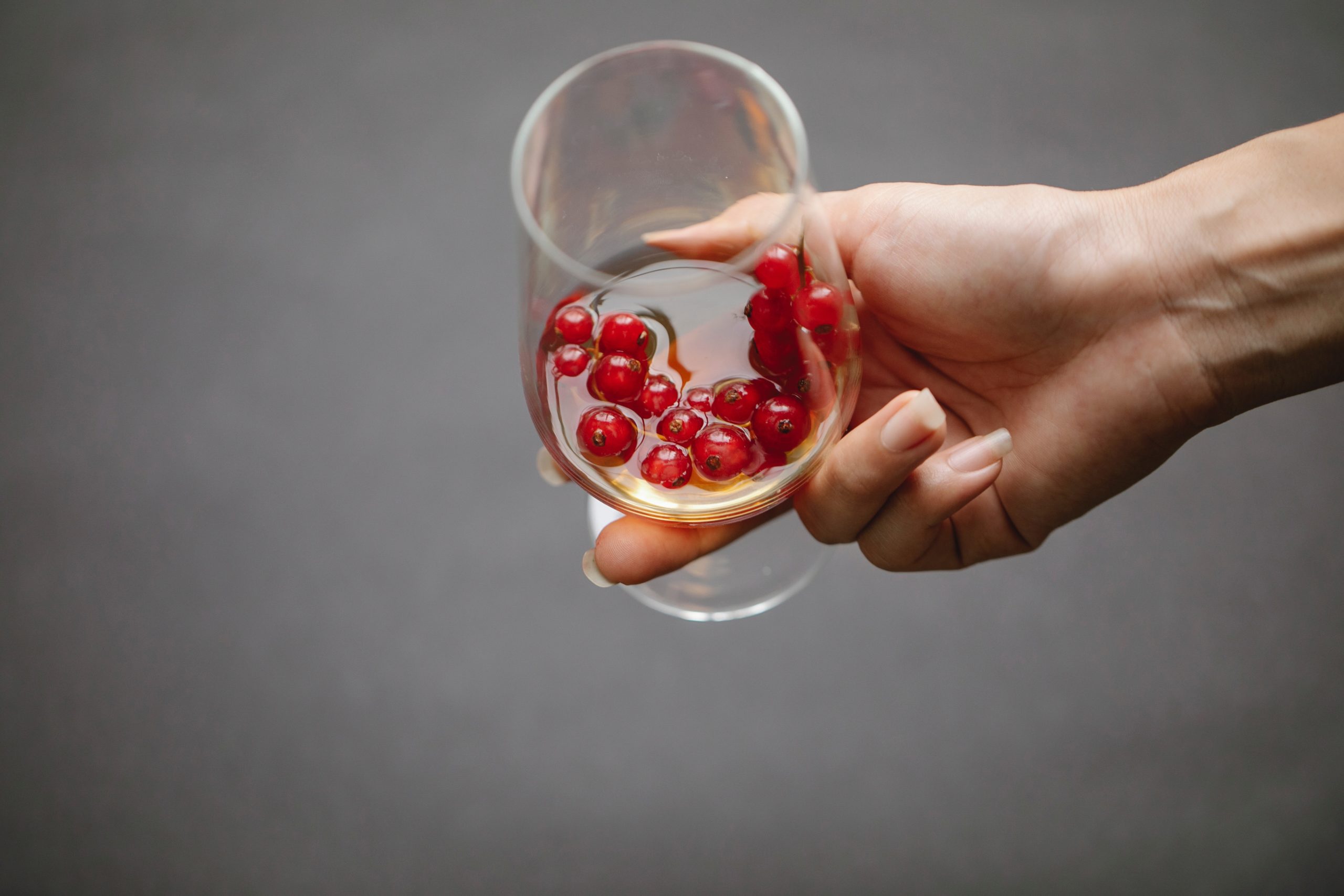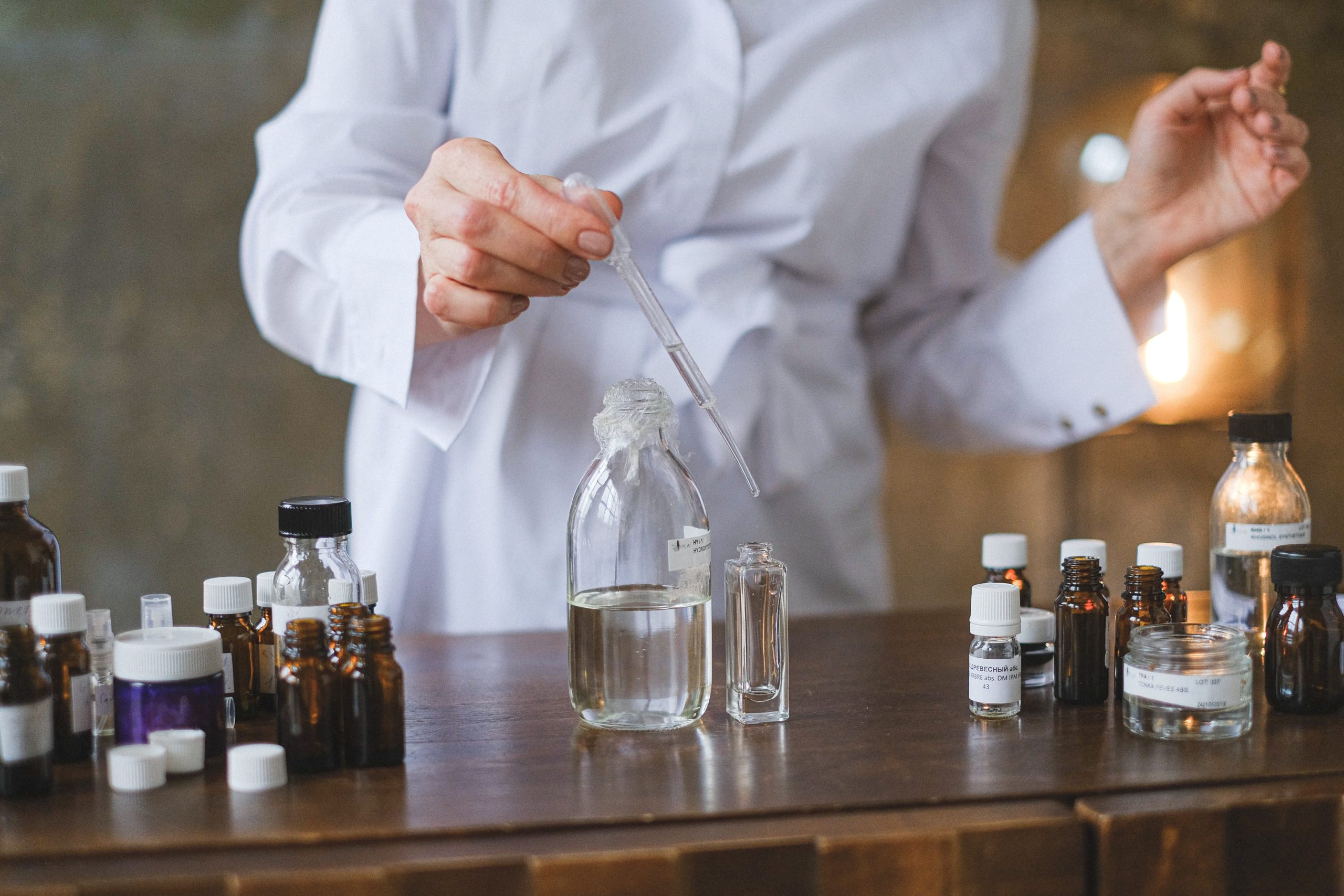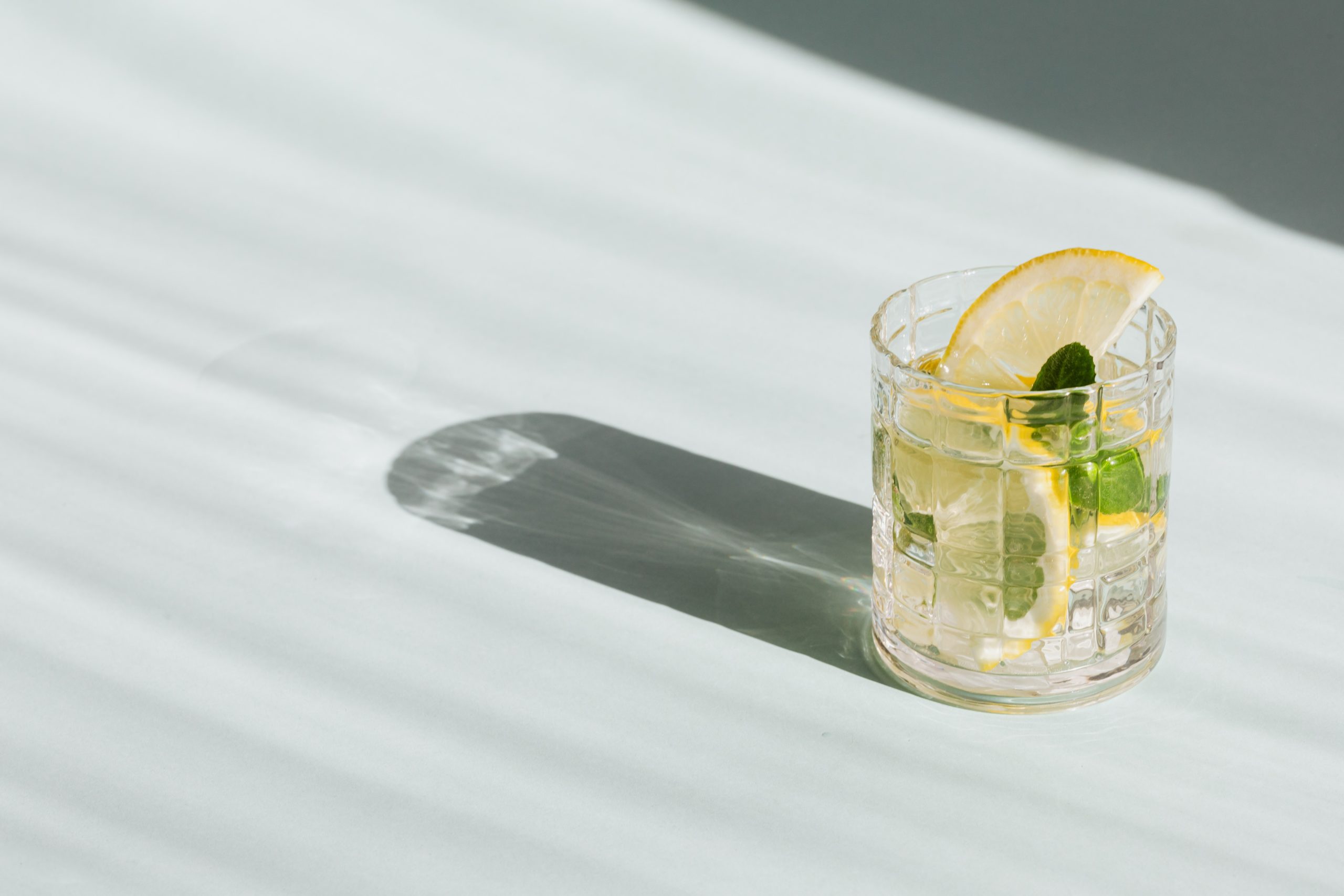The first alcoholic drinks existed between 3500 and 2500 years ago.
Fifth century BC Egyptian tombs were adorned with paintings depicting the production of wine. The old method described is no different from the current one. Homer mentions the Aglianico, Grechetto and Trebbiano vines in his "Odyssey" in the 12th century BC The wine culture of ancient Greece was flourishing. Numerous written records have remained: doctors advised him to improve health, poets came up with new methods of praising him, and philosophers emphasized moderation.







